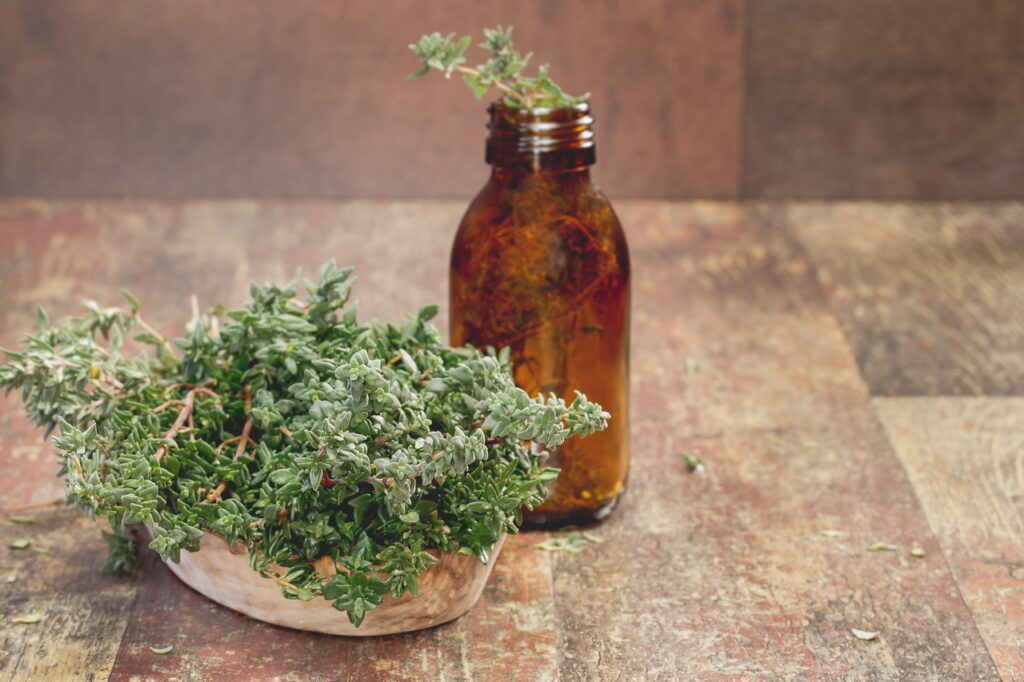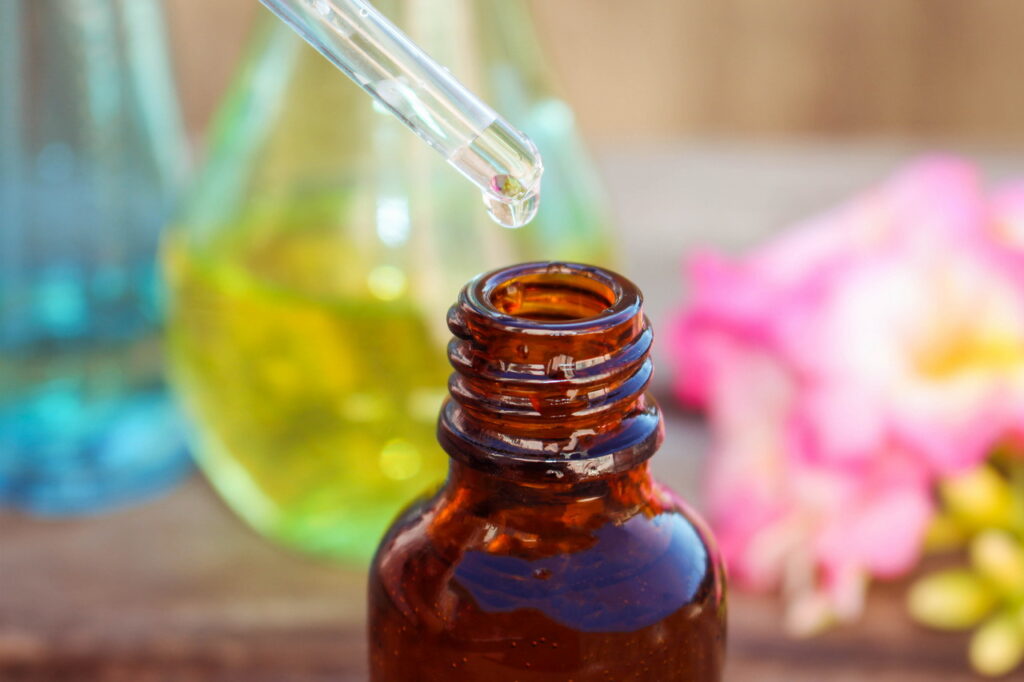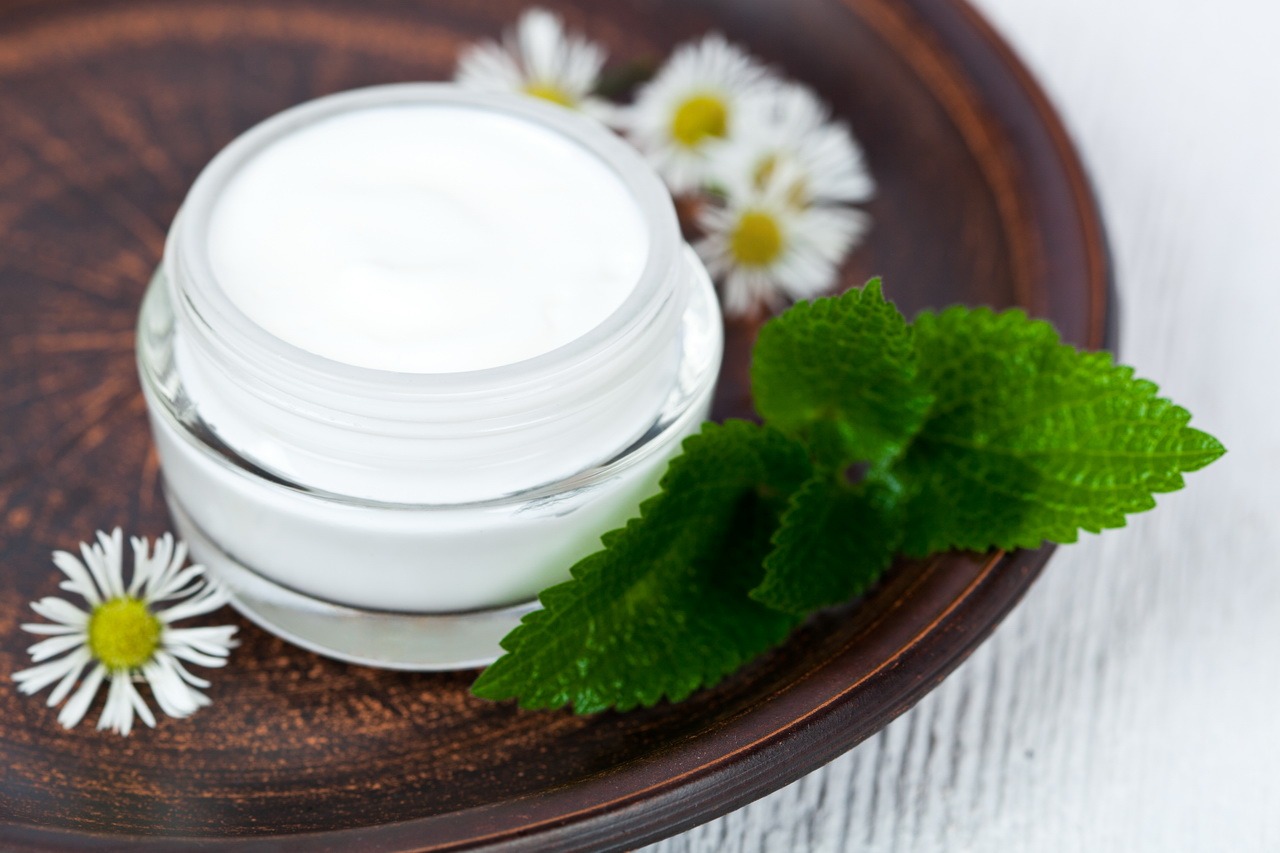It has long been common practice for manufacturers of cosmetic products to try to differentiate themselves from decorative cosmetics and to declare their products, if not as therapeutic, then at least as close to medical cosmetics. However, real medical (pharmacy) cosmetics require the same official confirmations as conventional remedies. Obtaining such confirmations in modern is not only extremely expensive, but also extremely difficult to organize. In order to avoid an elaborate cycle of testing and design, cosmetics manufacturers have invented a special term “cosmetics” and under this brand they market products that indicate that they have special functional, biologically active additives in the cosmetics
In practice, however, such an explanation often remains just an explanation. It is not even a question of using biologically active components in extremely simple, ineffective doses in cosmetic preparations for the mass market for reasons of cost; and often even highly qualified chemists – technologists from cosmetic companies sometimes do not think about the composition of the biologically active additives they use, simply focusing on public links with information about the beneficial properties. However, these properties do not develop by themselves, for each of them a specific active ingredient or group of substances is responsible, which in turn differ from one another in a parameter such as solubility.
Case in point

When you use an ethyl alcohol-based chamomile extract, chemazulene passes from the raw material, albeit in relatively small amounts, into the extract. However, in real conditions, the use of ethyl alcohol-based extracts is not readily possible due to the numerous limitations in the use of this solvent, both in ingredients and in final products.
Of course, for these types of cosmetics, whose biological activity is just an empty declaration for marketing purposes, it is entirely optional to take into account the real properties of the extracts, it is enough to simply add them to the formulation, in trace amounts, for the label. But in this article we will not consider such cosmetics, but cosmetics or even medicines related to pharmacy cosmetics. In other words, those cosmetic products whose biological effect corresponds, at least by and large, to that declared.
Widespread hydrophilic extracts have their own beneficial properties and differ in effectiveness from lipophilic biologically active additives. Water-soluble vitamins, flavonoids from the group of vitamins F, saponins, carbohydrates and amino acids have polar properties, but the full range of these compounds is present in hydrophilic extracts only if the extracts are not heated above 80°C, and for vitamin C – the temperature limit is generally around 45°C (in practice, both the first and even more so the second limit are very rarely met, so the actual biological activity of most hydrophilic extracts on the market is very, very doubtful).
It should also be noted that standard hydrophilic extracts themselves contain extremely small amounts of biologically active compounds. This is determined by the technology itself and the properties of plant materials. Manufacturers of such extracts usually state either the amount of plant material used to produce 1 liter of extract or the dry matter content of the extract. In the first case, we can say “nothing” – the consumption of raw materials does not allow a realistic assessment of the transfer of compounds into the extract, i.e. the actual biological activity of the extract. In the second case, it is important that the resulting total dry matter indicator, in addition to certain extractive compounds, also contained various impurities, up to microscopic, mechanical residues of raw materials, as well as carbohydrates and polysaccharides, in which there is no biological activity.
We conducted similar studies on this issue and they showed that for complete purification of a hydrophilic extract from mechanical impurities, ultrafine membrane filtration is required, which is rarely done by anyone. Otherwise, such contaminants make up at least 50% of the total mass of the dry residue.
Oil infusions

Biozevtika CO2 extracts are 100% natural plant substances with non-polar and slightly polar properties. They do not contain in their composition incidental, related compounds and extractants that are present in the form of oil in oil infusions and in the form of residual amounts of synthetic organic solvents in oleoresins.
Subcritical CO2 extracts from the company “Biozevtika” are actually ideal biologically active additives in cosmetic creams, tonics, milk.
This is explained by the fact that all CO2 extracts perfectly mix with the fat phase of cosmetic emulsions and in no case contribute to the segregation of finished products. In addition, the preservative and antioxidant properties of subcritical CO2 extracts protect cosmetic preparations from premature spoilage and can increase their shelf life by 30% – 50%.
The range of biologically active compounds that make up the composition of subcritical CO2 extracts determines an extremely wide range of their potential cosmetic effects on the skin.
Almost all of these extracts contain compounds that can be termed transdermal transporters – compounds that facilitate the transport of other biologically active components across the skin barrier; those who cannot overcome such a barrier themselves but are extremely active in the nutritional processes that increase moisture saturation, suppress melanin synthesis or stimulate the synthesis of collagen and elastin fibers in the skin.
Thus, in fact, the constant use of certain subcritical CO2 extracts in cosmetic creams guarantees an improvement in the appearance and hydration of the skin. Of course, among the subcritical CO2 extracts there are also those that can generally be used as transdermal transporters, but still retain a whole range of additional positive properties.
Almost all subcritical CO2 extracts contain a fairly broad spectrum of unsaturated fatty acids, many of which are essential. These fatty acids are often referred to as vitamin F. Vitamin F helps to retain moisture in the skin and prevents skin aging and premature wrinkling. No less important for skin care is a derivative of 2-methyl-1,4-naphthoquinone – vitamin K. This compound has recently confirmed its effectiveness in combating skin pigmentation disorders as a result of sun exposure and bruising. Vitamin K is an excellent healing and regenerative agent. In addition, individual CO2 extracts contain provitamin A – carotene, vitamin E and vitamin A.
In CO2 extracts, in addition to fat-soluble vitamins, there are also a number of compounds that have a very effective effect on capillary activity. Such compounds can serve both to improve capillary circulation in the superficial layers of the skin and to warm it up (capsaicin, found in red pepper CO2 extract); and to “compress” the capillaries, facilitating their removal from the skin’s surface (escin in CO2 extract of horse chestnut). This is particularly important when “stars” and streaks form on the skin.
Of course, the main compounds that make up the composition of subcritical CO2 extracts are substances from the terpene group. Such compounds not only form the aromas of extracts, but also have pronounced biological activity with different directions.
Many subcritical CO2 extracts have anti-inflammatory effects. Such extracts are ideal for use on irritated skin or other types of inflammation. Their sterilizing effect allows you to quickly destroy the microbiological foci of infection in sites of inflammation, and the ability to stimulate regeneration provides fairly quick healing. In the formulations of cosmetic products with this focus, it is desirable to use CO2 extracts, which have a soothing, antipruritic effect.
A whole range of CO2 extracts have a pronounced antioxidant effect. The use of such additives is aimed at slowing down the oxidation reactions in the deep layers of the dermis as much as possible. Some subcritical CO2 extracts contain α-tocopherol (vitamin E), β-carotene (provitamin A), retinol (vitamin A), α-lipoic acid (thiooctacid), flavone compounds from the quercetin group. All of these natural compounds have potent antioxidant effects and can significantly outperform their synthetic counterparts in CO2 extracts due to their complexity and natural balance.
Of course, one should not expect an immediate effect from cosmetic preparations based on CO2 extracts. Like all natural biologically active complexes, CO2 extracts require a fairly long period of use with a low input into cosmetics to develop their effects. Unlike synthetic additives, the effect of which quickly manifests itself and also quickly disappears, the after-effect of natural biologically active compounds from CO2 extracts is quite long. According to some data, the effect of synthetic additives in cosmetic creams, which give the skin turgor (moisture saturation and elasticity) after a week of use, lasted no more than 7 days. Then the skin became more lethargic than before the start of the experiment. The effect of a cosmetic cream of the same direction with a special mixture based on CO2 extracts after a week of use did not give the same effect as a cream with a synthetic additive, but a positive effect was noted even after a 30-day break. At the same time, the effect is increased, even without additional use of the cream. After 55-60 days of a break in the use of the drug, a decrease in the improving effect was observed.
The current experience with the use of subcritical extracts as biologically active ingredients in cosmetic preparations leads to the conclusion that CO2 extracts can solve almost all cosmetic skin problems. It is important to choose the right extracts, determine their ratio in mixtures and the regulations for entering the cosmetics.
Application norms and costs

Of course, using CO2 extracts requires a certain level of skill. In particular, it should be borne in mind that compounds in extracts of different origins can sometimes “collision” with each other and the effectiveness of such formulations decreases. There are a number of other nuances related to the use of CO2 extracts, the details of which cannot be revealed within the scope of an article. However, Biozevtika specialists are always ready to help you solve problems associated with the development of formulations and the development of technologies for the production of cosmetic products based on CO2 extracts. Contact us and ask your questions. An approximate selection of CO2 extracts for cosmetic products can be found here.
